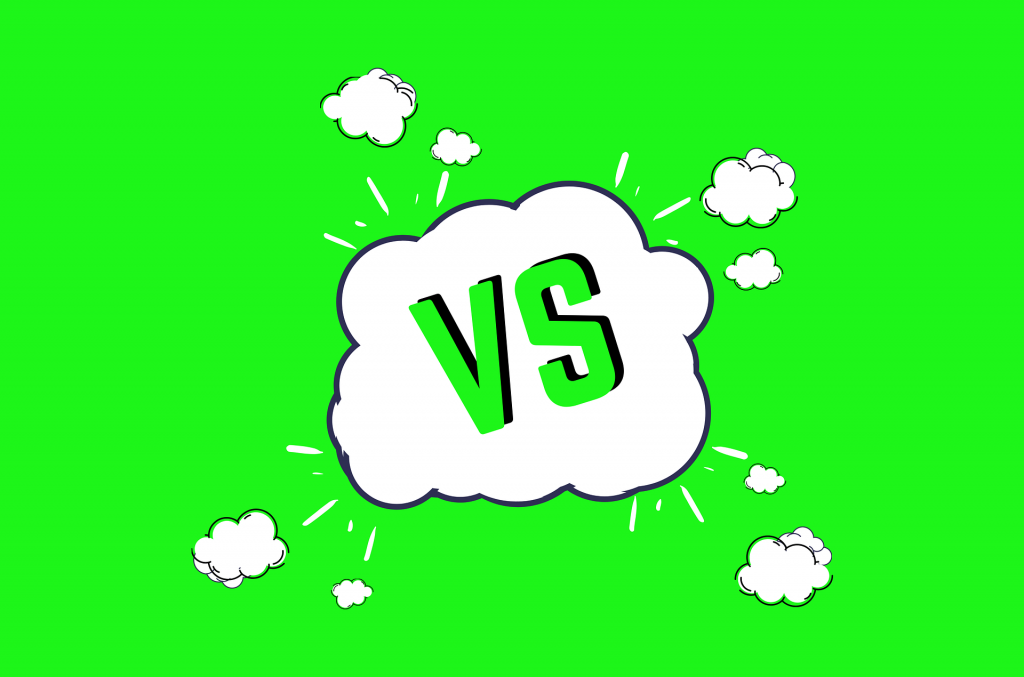The etymology of a word reveals surprising insights into how language and meaning evolve.
And the history behind the words ‘paraphrase’ and ‘summary’ weave a tale of these words and the key difference between them.
The term ‘paraphrase’ has its roots in the Greek paraphrazein, which means ‘to tell in other words’, while ‘summary’ comes from the Latin summa, meaning ‘gist’.
So, what’s the difference between paraphrasing and summarizing?
Paraphrasing involves uniquely rewording text (but keeping the original meaning intact), while summarizing provides a brief overview of any written work by condensing the information down to the main points.
Paraphrasing

What is paraphrasing?
Paraphrasing is rewriting or rephrasing a piece of text in your own words while maintaining the original meaning and message.
The goal of paraphrasing is to create unique content that communicates the overall essence of the source material.
When should you paraphrase?
Paraphrasing is a useful technique when you need to:
- Refer to and draw upon information from another source
- Clarify a long, complex, or difficult-to-understand piece
- Add flair to your content or present it in a more engaging way
- Uniquely express or provide a different perspective to an already-said idea
- Improve the readability of content
- Avoid plagiarism
What are the benefits of paraphrasing?
Paraphrasing can help you better understand the source material, effectively communicate the meaning behind the original text to others, find new ways to approach the topic, improve your writing style, and prevent plagiarism.
Top Paraphrasing Tips to Keep in Mind
It’s essential to paraphrase in a way that is unique yet representative and accurate to the source text.
Here are some tips to get you started with paraphrasing effectively:
- Read and properly comprehend the source material
- Write in your own words, then edit for your audience
- Bring your own spin and insights to the content
- Use a plagiarism checker
We’ve created a blog focused solely on paraphrasing tips, so check it out if you’d like to delve deeper into this topic.
Summarizing

What is summarizing?
Summarizing is creating a condensed version of a text by identifying key points and presenting them in an organized fashion.
The goal is to distill information (from an article, essay, book, or any other text) into a concise and clear summary that will be easy for readers to understand.
When should you summarize?
Summarizing can help you when you need to:
- Highlight the main points from any piece of text, presentation, or speech
- Provide a brief overview of a topic
- Convey the core meaning of a complex or extensive source in a short, easy-to-digest, and efficient way
- Reduce the amount of time needed to read something
- Create a handy reference for later use
What are the benefits of summarizing?
A summary allows you to easily grab the gist of a text without losing context, identify key concepts, find relevant information quickly, visualize the structure of the original content, and locate gaps in your understanding of the topic.
Top Summarizing Tips to Keep in Mind
When you’re ready to summarise, here are a few tips to help you get the most out of the process:
- Read the text multiple times to ensure you fully understand it
- Focus on the big picture
- Look for connections between the central ideas and group them together
- Eliminate unnecessary information
- Create an outline and organize the information in a logical order
- Summarize only what you need to convey to save time
- Review and edit the summary for accuracy, clarity, and brevity
Another reminder: The summary should only contain key points and essential information.
Paraphrasing vs. Summarizing: A Deep Dive into the Key Differences

Though often used interchangeably, paraphrasing and summarizing are different writing processes with distinct functions.
Let’s take a look at the main differences between them:
Definition and Meaning
In simple terms, paraphrasing means ‘rewriting’ while summarizing means ‘condensing’.
Paraphrasing is a technique to reword the original text in a unique way without losing the meaning behind the source material. By contrast, summarizing presents the main ideas from a piece of written work in a short and succinct manner.
Additional Information
While paraphrasing, it is encouraged to add your insights, examples, observations, perspectives, and takeaways to the final piece of content.
When summarizing, the writer should only include the key points with minimal interpretation or opinion.
Length
There is no set length for a paraphrase. It can be longer than the original material (if you include insights and examples), similar in size, or slightly shorter.
On the other hand, a summary is a concise version of the source text, so it’s much shorter in length than the original piece.
Benefits
Paraphrasing helps encourage critical thinking, a more profound understanding of a topic, and perspective development.
Summarizing is seen as a more efficient way of getting the content’s core message straight into the audience’s mind.
Content Creation Time
While paraphrasing takes more time to write, summarizing can be quicker as the writer only needs to focus on the crucial information.
To Sum Up
While paraphrasing and summarizing are two very different writing techniques, they are both useful in their own right and provide unique benefits for the reader.
Paraphrasing is excellent for reworking the original text in a fresh, new way that keeps the meaning and spirit of the source material intact. Summarizing enables readers to grasp the key takeaways and crucial information by condensing the source material into a concise and easy-to-follow piece.
And if you’re looking for a quality tool to speed up both processes, try ContentBot. Our AI-powered application makes it possible to effectively rewrite and summarize text with the click of a button.
Check out more on Content and AI!
- 7 Inspirational Writing Quotes (And What Writers Can Learn From Them) - September 1, 2022
- 5 Effective Ways For Marketing Your Small Business On A Budget - August 24, 2022
- The Importance of Branding for a Small Business (Plus Tips To Get Started) - August 24, 2022
